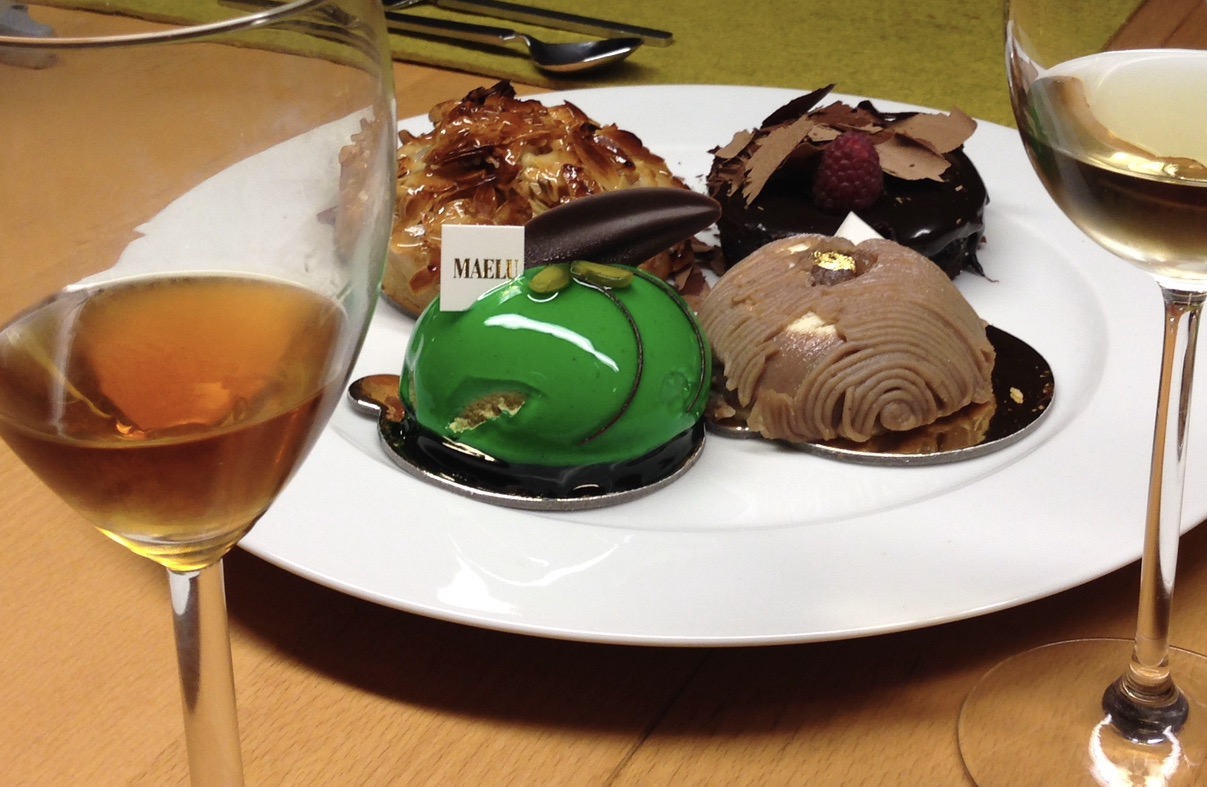
Gaillac is located in the center of the southwestern French wine-growing region of the same name, from which the sweet wine tasted this time comes. The wine-growing region north-west of Toulouse, on the Tarn – with 9,000 hectares of vineyards and around a third of which are appellations – is characterized above all by its often regionally autochthonous grape varieties and the range of wine styles.








